The good, the bad, the possibilities: local water
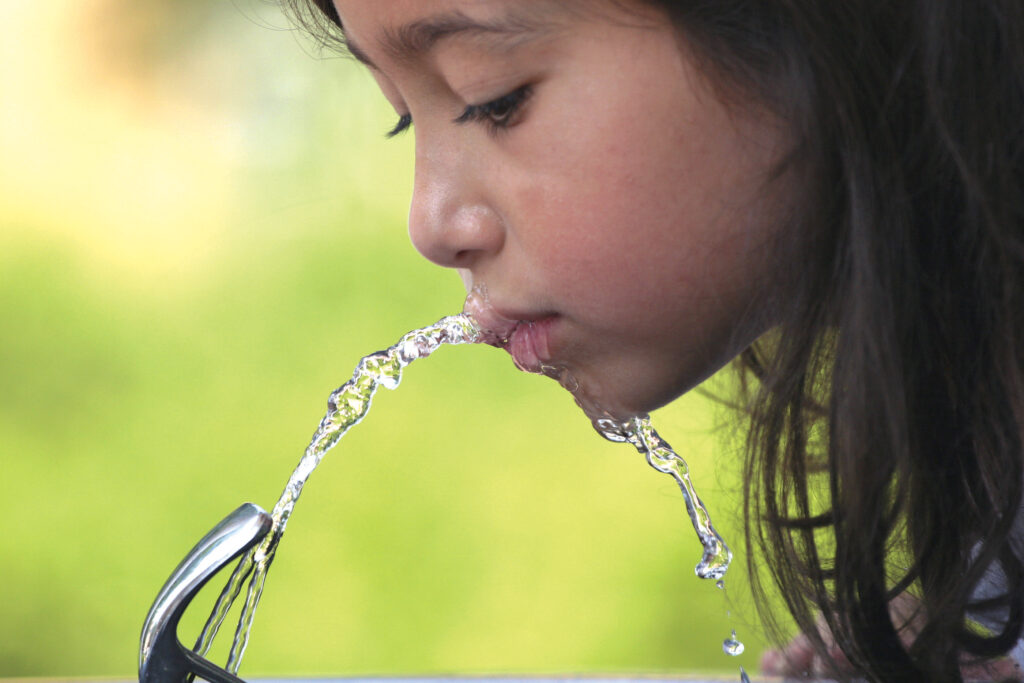
This is the second article in our 8-part series of weekly blog posts called “The Good, the Bad, the Possibilities”. For this series, we are asking local experts three questions to give you a quick overview of recent local trends and solutions with respect to a range of important issues that affect our community’s sustainability. This week’s topic is water, and our two featured experts are Emilee Syrwicze and Jennifer Frost.
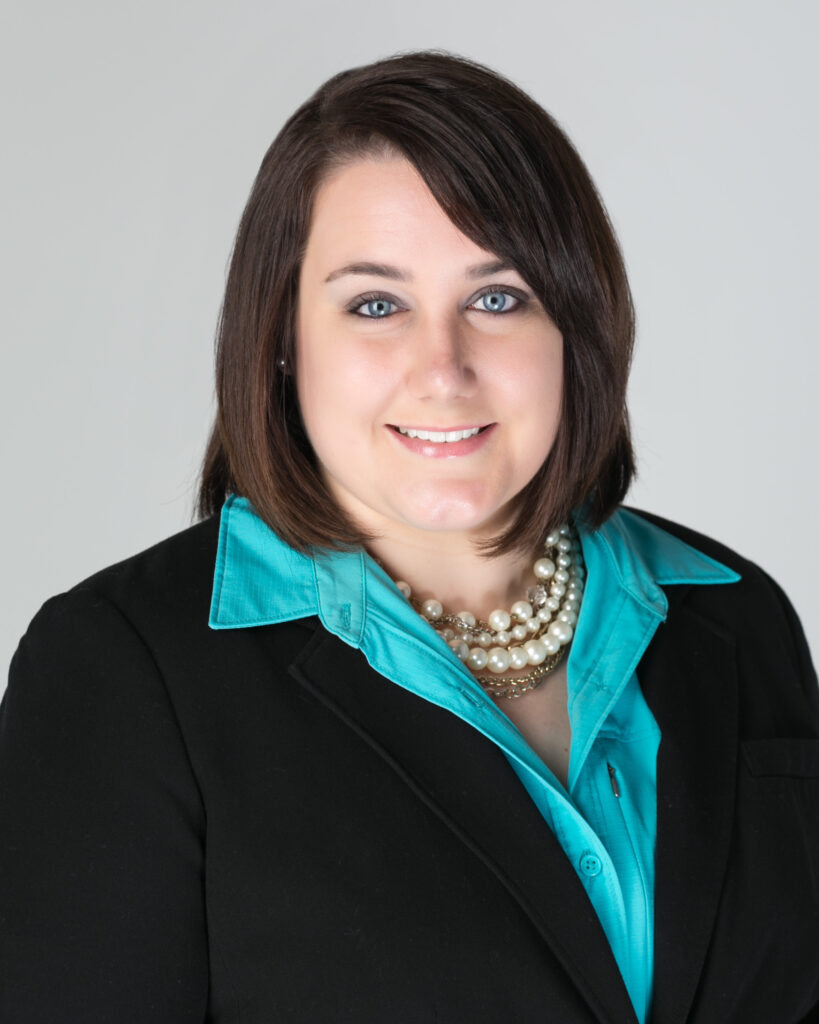
Emilee Syrwicze
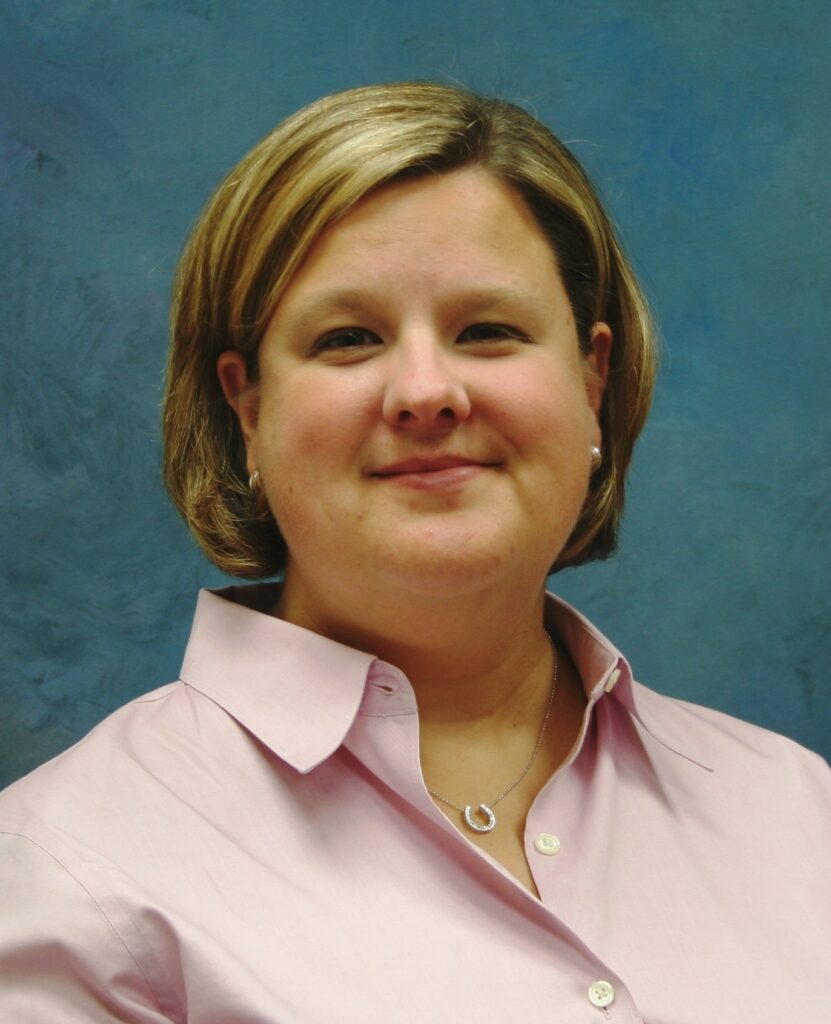
Jennifer Frost
Emilee is the Executive Director of the Catawba Riverkeeper Foundation (CRF), a Charlotte-based public interest organization that works to conserve the Catawba-Wateree River in North and South Carolina. Emilee has her BA in Political Science with a concentration in Chemistry and her law degree from Vermont Law School.
Jennifer has made a career of making the “complex and technical” more “understandable and relatable”. She uses her bachelor’s and master’s degrees in Environmental Science to serve as Public Affairs Manager for Charlotte Water, the largest water and wastewater utility in the southeast. She’s served the community as educator on water, wastewater and stormwater issues for the City of Charlotte for more than 16 years. Before that she worked in urban conservation management and geotechnical engineering.
With regard to local water, over the past few years:
What are 2-3 positive trends or developments you’re seeing in our community?
Emilee:
“Awareness and young people. Awareness is building about environmental concerns in our area (that doesn’t always translate to action but you have to start somewhere). Young people, by and large, are the people who don’t need convincing…so in 30 years, we are likely to have awesome environmental law/policy measures in place. With water specifically, there is more interest in water quality than ever before and the Catawba Riverkeeper Foundation is working on building the first ever comprehensive basin-water quality monitoring program.”
Jennifer:
“Overall our customers continue to conserve drinking water on a daily basis. They are using more efficient appliances. The messages to turn off the faucet while you brush your teeth and to take shorter showers are definitely still being heard. Water consumption dropped during the drought of 2007-2009 and never really rebounded, so kudos to the community!”
“[On growth and planning,] the regional partnership of the water suppliers along the Catawba River is a national model for water supply planning. The Watershed Master Plan published by the Partnership in 2014 paves the way for our region to have a sustainable and reliable water supply for all users into the next century. The plan includes growth projections, climate variation considerations and capital investment opportunities. In addition, Charlotte Water recently completed one of the largest sustainability projects in the City’s history. Last summer the Combined Heat & Power (CHP) project was completed at the McAlpine Wastewater Treatment Plant. The CHP facility converts methane gas, a byproduct of wastewater treatment, into electricity and useful heat. The CHP facility generates enough power in a month to run 846 homes. This is just one of the many projects demonstrating that Charlotte Water is well-positioned to be a large part of the circular economy in Charlotte.”
What are 2-3 negative trends or developments?
Emilee:
“Funding, and folks that don’t recognize science as the basis of environmental caretaking. We love to say that we have great local environmental rules/regulations, but we don’t fund the enforcement of them. That needs to change. If we want better stormwater outcomes, a 100% sustainable city or any other eco-friendly rule/regulation/policy, we need to understand that a funding commitment must accompany it. The folks that don’t trust environmental science as the basis for making positive changes to our environment are the largest group of people who doubt the existence of climate change, the dangers of large-scale pollution (like coal ash) and the general science that supports taking care of the environment. We are seeing these folks in positions of significant power (policy makers, donors, etc.), which is very challenging for us as a public interest sector. With water specifically, we are forced to engage in massive legal battles just to get the baseline environmental protections that come standard in most other states.”
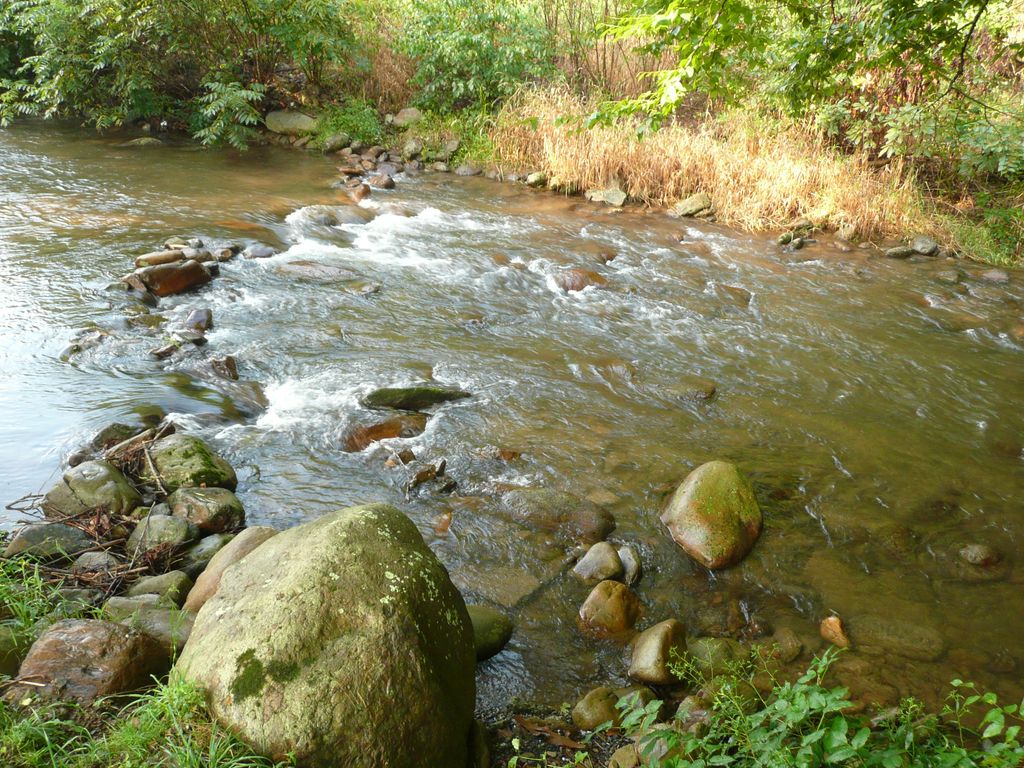
Cabin stream
Jennifer:
“Irrigation is still one of the largest consumptions of potable water in Charlotte…many residents are still paying to irrigate their turf with treated, potable water. The largest expense for a water utility is power. So irrigation uses [both] water and electricity.”
“As you know, most Sanitary Sewer Overflows (SSOs) are caused by blockages of debris, grease and roots. We at Charlotte Water have observed in the last 3-4 years an serious uptick in SSOs caused by disposable wipes. Grease is still a significant contributor to SSO blockages, but wipes are catching up fast. Customers are improperly disposing of wipes, that are even labeled biodegradable, in toilets.”
“Charlotte’s building boom of [the] 80s and 90s (and still going) added a large amount of water and wastewater infrastructure to the community’s distribution and collection systems. Charlotte Water maintains more than 8,400 miles of pipe system across Mecklenburg County. As the infrastructure ages, Charlotte Water will face challenges of maintaining the system while also facing more infill redevelopment at higher densities. Charlotte Water is working today to make sure projects and funding are ready and in place as maintenance and additional capacity are required in the future.”
What solutions would help reverse the negative trends/developments?
Emilee:
“More resources to enforcement agencies and better decision makers. I am frequently asked what law or policy should be enacted to save the environment. I think I’m expected to rattle-off some rule about water quality or development. My actual answer? Campaign Finance Reform. If you ask specialists in other sectors they probably would tell you the same thing…which should give us, as a society, pause.”
Jennifer:
“Irrigation is a byproduct of our community’s use of non-native turf grass for ground cover. We already have a strong incentive for conservation with our tier pricing (the more water units you use, the more each unit costs). The best solution I see for curbing irrigation is a strong push of turf grass conversion to natural space – change lawn to trees and native shrubs.”
“We need to tell everyone we know to stop using the toilet and sink drain as a garbage can. Don’t pour any grease down the sink and never, ever dispose of wipes down the toilet. This is one of those unique problems where the customers have a real opportunity for affecting a positive outcome.”
“Continue to support long-term utility planning and fund infrastructure improvements. Businesses like breweries and job-creating manufacturing need reliable delivery of high quality water. We must be diligent about maintaining what we’ve built so we can continue to thrive as a community and also be ready for the next great opportunity that knocks on Charlotte’s door.”
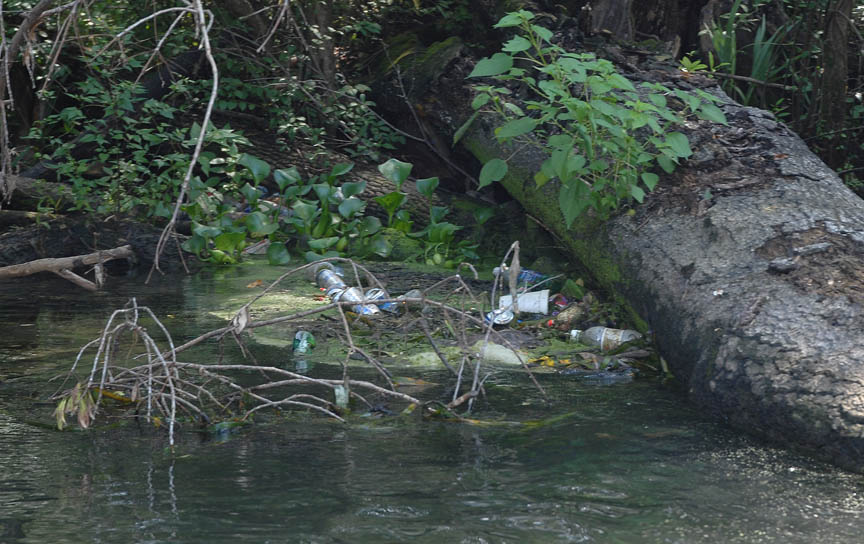
Check back next week for more interviews with sustainability experts.
Thanks for reading!
As a nonprofit, community support is essential for us to keep doing what we do — including providing free articles like this. If you found this article helpful, please consider supporting Sustain Charlotte.
Want to stay in the loop? Subscribe to our weekly newsletter and follow us on Instagram, Facebook, and Twitter.
